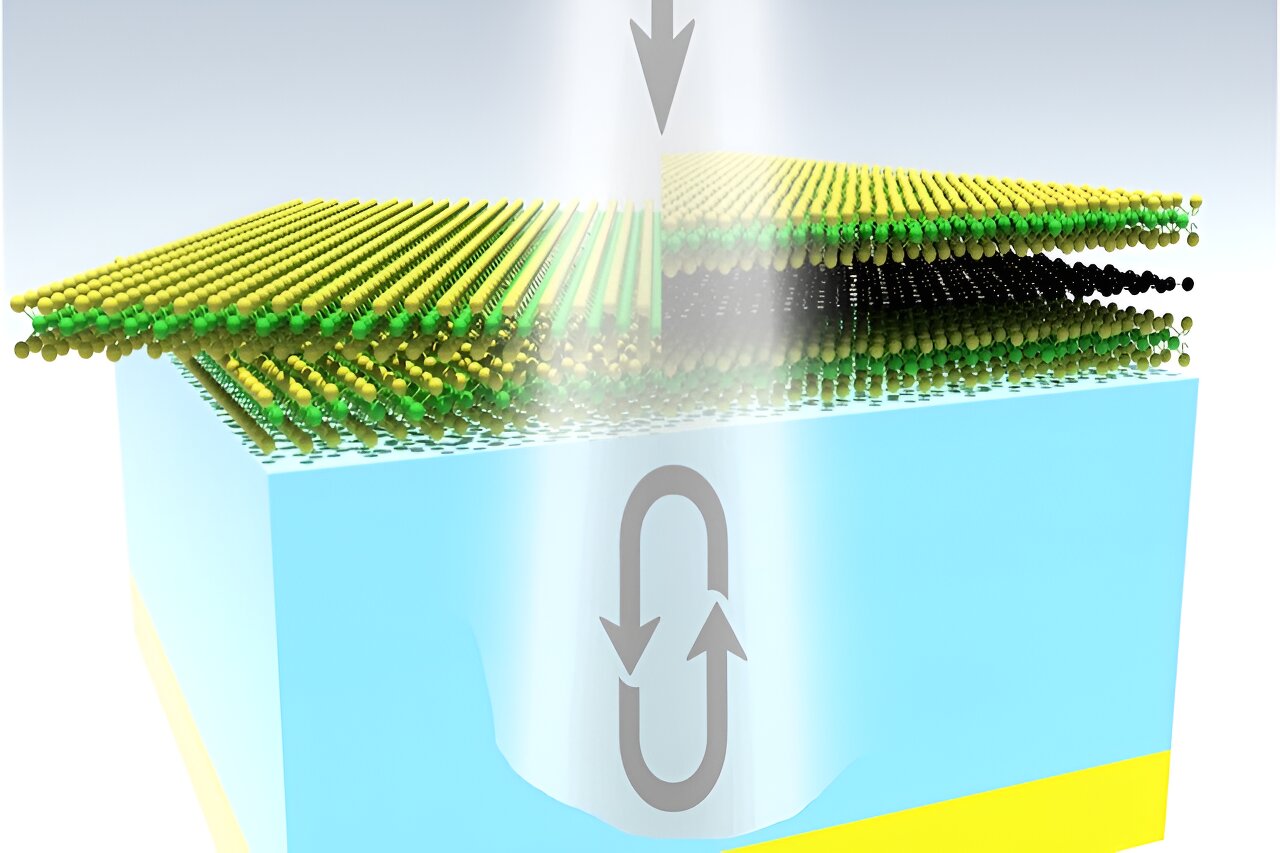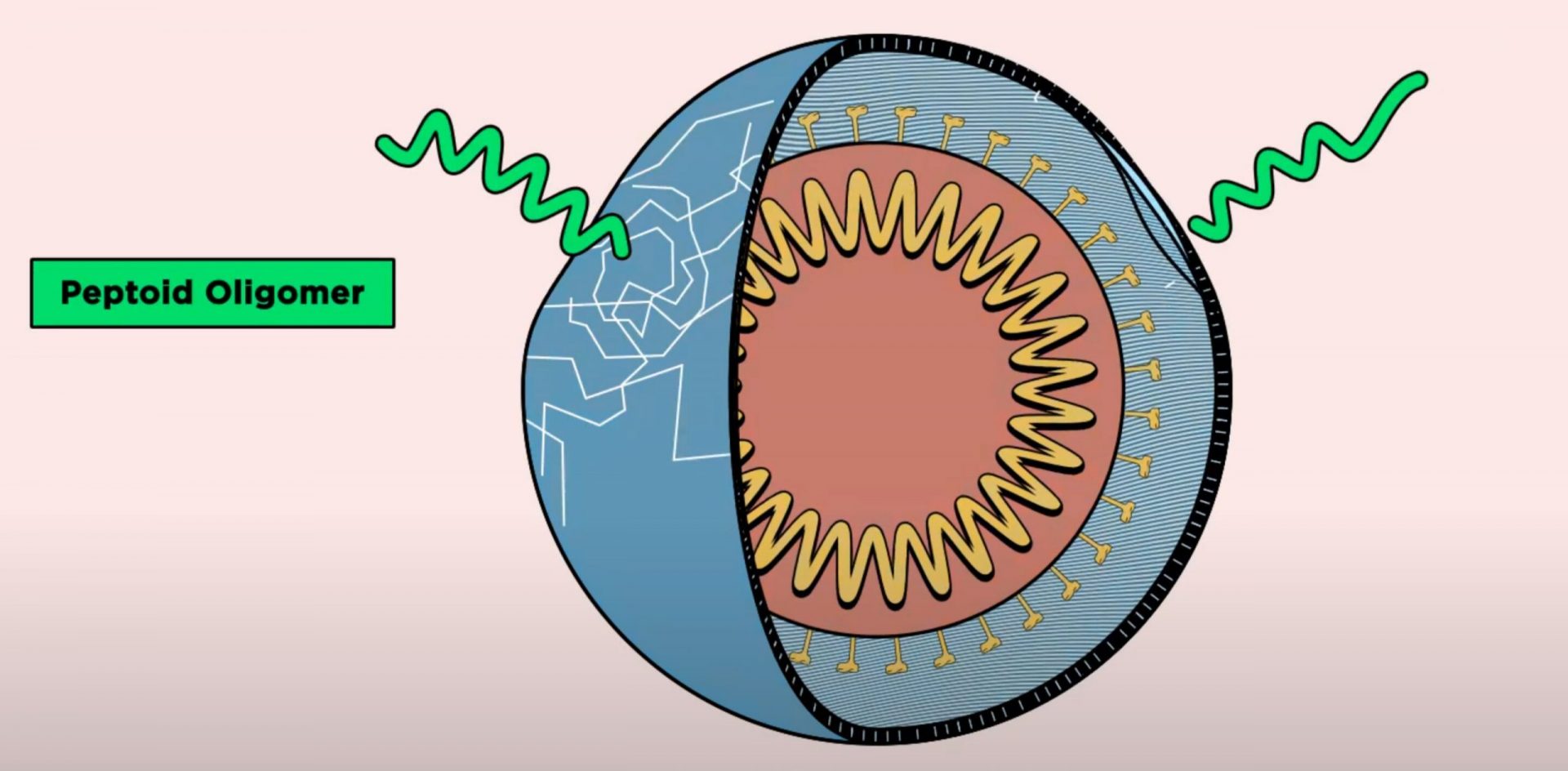Prepare to be amazed! A team led by the University of Minnesota has achieved a groundbreaking feat – they have engineered an atomically thin material that can absorb nearly 100% of light at room temperature. This incredible discovery has the potential to revolutionize a wide range of applications, from optical communications to stealth technology. Their groundbreaking research has been published in the prestigious journal, Nature Communications.
Imagine a material that can absorb almost all incident light, leaving little to pass through or reflect off. Such materials are incredibly valuable for applications involving light detection and control.
“Optical communications are integral to our daily lives,” explains Professor Steven Koester, a senior author of the paper from the College of Science and Engineering. “From the internet to fiber optic links, optical detectors play a crucial role. This research has the potential to enhance the speed and efficiency of these optical communications.”
The researchers achieved this remarkable “near-perfect absorber” by utilizing a technique called band nesting. By manipulating the already unique electrical properties of a material composed of just two to three layers of atoms, they were able to create this extraordinary material. What’s more, their fabrication method is simple, cost-effective, and does not require complex nanopatterning techniques, making it easier to scale up compared to other light-absorbing materials under investigation.
“The key innovation here is that we can achieve near-perfect light absorption at room temperature using only a few atomic layers of material,” says Associate Professor Tony Low, also from the College of Science and Engineering. “And we can do this without resorting to complex and expensive patterning techniques, making it a more feasible and cost-effective approach.”








